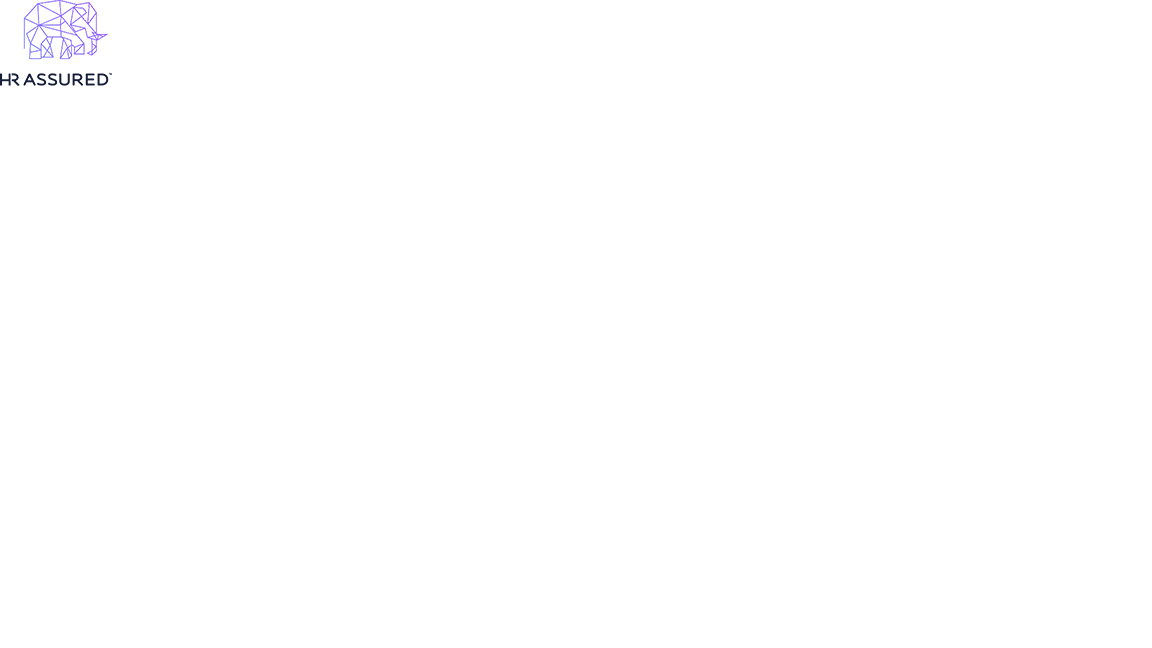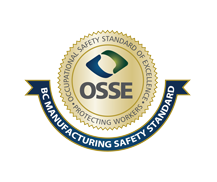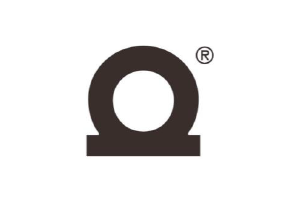Title Page
-
Conducted on
-
Site conducted
- Forrest Field
- Midvale
-
Location
- Bearing shop
- Wheel shop
- Loco
- Bogie Shop
- Fab Shop
- Scheduled Maintenance
- Store
-
Inspected by
ITEMS AND INSPECTION CRITERIA - OFFICE
-
Chairs, desks, filing and storage areas (e.g., benches and bookcases) are clean and orderly.
-
Workstations appear organised and consider comfort and lighting (e.g., decent office chairs, monitor height and desk layout)
-
Electrical equipment and cables are neatly arranged and tied out of the way
-
Stairs are non-slip and access is unrestricted.
-
Work and storage areas do not impede marked walkways and allow for safe and easy access.
EMERGENCY & FIRST AID
-
Emergency Exits are clearly visible and not obstructed (e.g., illuminated signs are operational).
-
Evacuation Diagram and Emergency Staff Contacts are clearly displayed (e.g., Noticeboard).
-
First Aid kit/s are clearly signposted, readily accessible, clean and orderly (check site vehicle kits <br>where applicable).
-
Emergency Eye Wash/Shower is signposted, functional and easy to access (test the water)
FIRE FIGHTING
-
Extinguishers/Hose Reels/Fire Blankets are in place where signage is displayed, and the equipment <br>matches the signage (e.g., type ABE)
-
Equipment serviceable, not damaged and currently tagged (sample check - attached tag has been <br>stamped within 6mths). Check site vehicle fire equipment where applicable.
-
Clear and easy access around the emergency equipment (at least 1m² clearance is maintained).
ELECTRICAL EQUIPMENT
-
Equipment and extension leads are tagged showing tests are current (sample check).
-
Appropriate extension leads / power boards are in use (not excessive)
-
Leads are routed/positioned to avoid trip hazards in walkways and workspaces (elevated/suitably <br>protected where required).
GENERAL
-
Personal Protective Equipment is appropriate, readily available, and used as directed.
-
Adequate supplies of Danger and Out of Service Tags are available
-
Lighting is adequate, both natural and artificial (lights are functional)
-
Workshop/Store areas are free from unwanted materials, obsolete parts/equipment, and waste <br>(Lean housekeeping)
-
Pallet racking has no obvious damage and product storage secured.
-
Storage of smaller parts and equipment is designed to minimise lifting problems (ideally between <br>knee and shoulder height).
-
Racking for steel/pipe lengths is secured, orderly and not overloaded.
-
Noise levels are low enough that you can hold a conversation without raising your voice
-
Floors and walkways/work areas are clean, tidy, free of spills, oil, grease, and airlines, etc.
-
Stairs, ladders & platforms are in good condition and have clear access, handrails, non-slip, etc
-
Slings and rigging equipment are in good condition and within inspection (Synthetic slings = 3 <br>months, chains/shackles = 12 months). Sample check.
-
Signage for inherent hazards regarding workshop activities and Personal Protection Equipment <br>(PPE) are obvious and maintained in good condition.
-
Designated smoking areas are well maintained and free of combustible materials (signage, disposal <br>bin).
-
Car park, facility, garden area and entrance are clean and tidy.
-
Materials collected, segregated, and stored at suitable points (where practicable) for recycling. E.g., <br>cardboard, metal, timber.
-
Waste bins emptied on a regular basis and all waste/scrap kept within confines of bins.
-
Stormwater drains are clear and free of foreign matter.
CHEMICAL MANAGEMENT
-
SDS Register of all hazardous substances/dangerous goods and their SDS’s is signposted and <br>accessible.
-
All chemicals are clearly labelled and in suitable containers and free from spills/leakage.
-
Chemicals are stored in cabinets when not in use (e.g., 20L are in flam goods locker).
-
Larger volumes of chemicals/oils are stored on appropriate bunds away from potential damage.
-
Spill kits are available, serviceable and in the correct location (check evacuation diagram).
MOBILE PLANT & EQUIPMENT
-
Consider work areas, access, and interactions
-
Consider vehicle condition, oil/fuel leaks, cleanliness, exhaust fumes and noise
-
Pre-start inspections are completed (sample check crane, forklift, scissor, shunter, etc).
MACHINERY & TOOLING (Sample Check)
-
Guards are in place, have not been modified and are in good condition.
-
Stop/Start switches are within easy reach and in good condition – including emergency stops
-
Are tools, jigs and machine attachments well maintained and in good condition (discuss with <br>operator).
-
Machines are easy to access and clear of clutter/waste, including swarf, shavings, machine fluids
WELDING, GAS EQUIPMENT AND STORAGE
-
Welding areas are screened to avoid ultraviolet ray burns.
-
Welding equipment is free from obvious damage
-
Fume extraction system utilised where required.
-
Flashback Arrestors fitted and within date (<12months since last replaced)
-
Regulators, torch, and hoses are in good order and repair (especially at joiners and torches).
-
Trolley is in good order, gas cylinders are secured, hoses coiled and stored, and the Oxy set is <br>vertical in cradles.
-
Spare gas cylinders are secured upright and stored separately with signage (Oxygen >3m from <br>Acetylene).
-
Visually check compressor for leaks
ACTIONING IDENTIFIED ITEMS OR ISSUES - Upon completion of the checklist, the respective Department Supervisor / Manager is to review any identified deficiencies so that they can arrange the actions or resources required to resolve these immediately
-
GENERAL COMENTS:
REVIEW AND APPROVAL
-
Site Supervisor / Manager:
-
Signature:
-
Date













